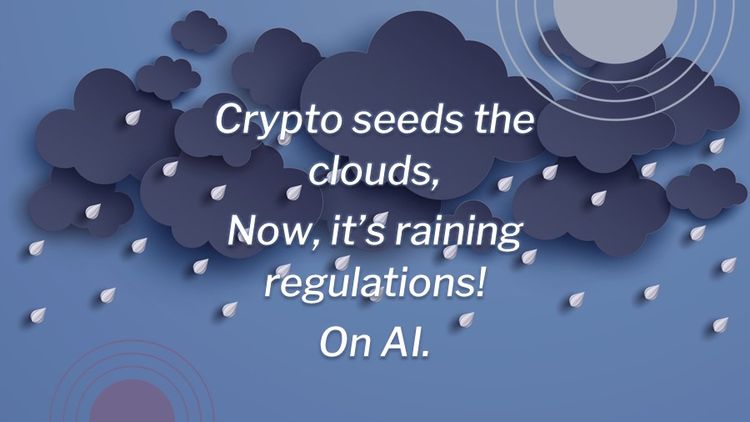Playing in the snow in a crypto winter

This current crypto crash is not merely another black eye for the industry with the demise of the Terra/LUNA stablecoin. Nor is this trade-off in crypto prices just what we should expect in a crypto winter.
The “establishment” in the crypto market is promoting the prospects for a sudden wealth increase to both a retail and institutional market. In the meantime, authorities are playing a game of whack-a-mole with outrageous public fraud—fraud which we can expect to rise rapidly if any definite timeline is established for the initiation of Federal regulation.
The UK is gearing up for a hard crackdown on crypto. In the meantime, the US regulators are playing for turf and influence. The game is on in Washington, but the right solution should be to have regulators certify some types of cryptocurrency as retail-friendly, allow the wild west of crypto for certified high-risk investors, and bring into existence a worldwide network of Central Bank Digital Currency (CBDC) with appropriate privacy controls.
The EU leads the way
The risks of the current crypto market are getting a substantial hearing in the public. The Europeans have been the most vocal short of banning crypto altogether. The European Central Bank just put out a report “Decrypting financial stability risks in crypto-asset markets.” The language the study used is strong and direct. It is a summary of the complaints against crypto from professional economists.
“Crypto-assets are not suitable for most retail investors (either as an investment or store of value, or as a means of payment) who could lose a large amount (or even all) of the money they have invested. Consumer protection risks include (i) misleading information, (ii) the absence of rights and protections such as complaints procedures or recourse mechanisms, (iii) product complexity with leverage sometimes embedded, (iv) fraud and malicious activities (money laundering, cyber crime, hacking and ransomware), and (v) market manipulation (lack of price transparency and low liquidity).” [1]
This will be the basis of EU legislation which will, I expect, reflect the tone of the European Central Bank President Christine Lagarde, who calls cryptocurrencies worthless.
US regulators jockey for influence
In the US there are fifty or so bills now pending with vastly different elements. Still, some things are likely. Most crypto will be subject to SEC regulation if they are publicly offered. Other cryptos may be divvied up among other regulators.
There is a lot of work to be done. Sen. Toomey’s Stablecoin Transparency of Reserves and Uniform Safe Transactions Act makes distinctions, which now seem innocent. It frees stablecoin issuers from the most severe securities laws. What is missing is the understanding that any loophole in regulation is a magnet for international fraud against US retail investors. That threat will result in regulation or law before crypto’s regulatory status is firm. The US laws need to be strict. But informed investors wanting to speculate on blockchain innovation, whatever it is called, should be free to do so. Others should be protected from at least rudimentary fraud.
CBDC needs a quick entry
The future of US financial markets depends critically on the implementation of CBDC, which I have explored for months in this Weekly. The momentum for CBDCs has grown rapidly during the crypto crisis. It is a process which should be initiated in a matter of months. The ultimate design of CBDC in the US and internationally will dictate the evolution of the remaining crypto market.
Playing in the snow
The crypto market is in evolution, not just in a cyclical winter season. The amount of crypto fraud can be expected to accelerate as bad actors see the regulations coming. In addition, the fun days of crypto may be behind us as more critical investors emerge. Even Teen Vogue is against Crypto now.
Investor implications:
- Retail investors should expect crypto fraud to accelerate as deadlines for regulation emerge.
- Details about regulation most adversely affect any kind of stablecoin or altcoin.
[1] Prepared by Lieven Hermans, Annalaura Ianiro, Urszula Kochanska, Veli-Matti Törmälehto, Anton van der Kraaij and Josep M. Vendrell Simón, Decrypting financial stability risks in crypto-asset markets. Published as part of the Financial Stability Review, May 2022.
We hope you enjoyed this article. Please give us your feedback.
This article is not intended as investment, tax, or financial advice. Contact a licensed professional for advice concerning any specific situation.





